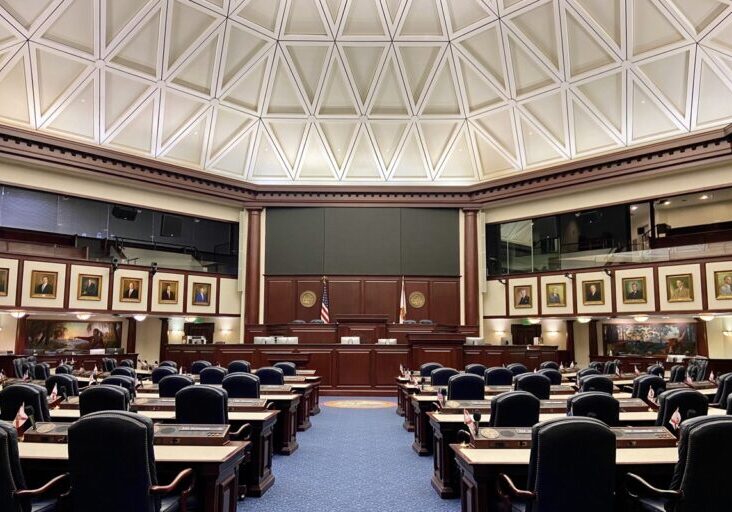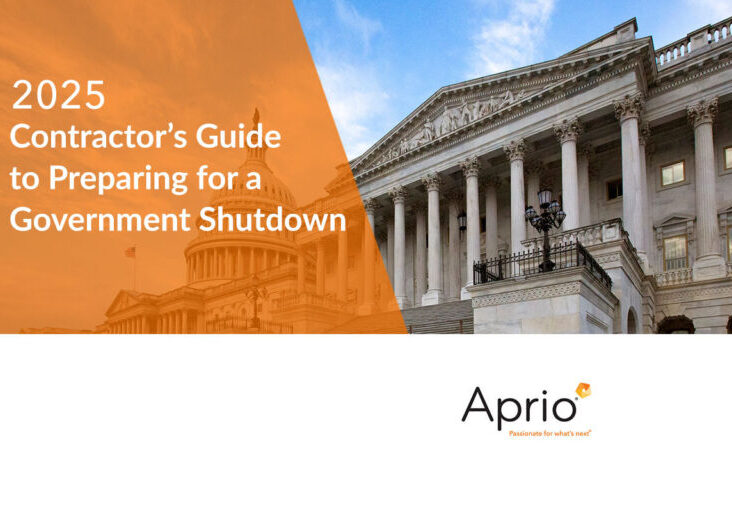Estimating Systems: Mastering DCAA Estimating System Audits and Compliance
Table of Contents
- Summary
- Defining a Government Contract Estimating System
- When Is a DCAA Estimating System Audit Required?
- Checklist: Preparing for an Estimating System Audit
- The Estimating System: A Strategic Asset?
- Common Pitfalls: How to Stay Audit-Ready
- What Happens if Your Estimating System Has Been Disapproved?
- Final Thoughts
Summary: Winning and keeping government contracts demands more than just a strong proposal, it requires a compliant, well-documented estimating system that stands up to scrutiny. In this article, we outline everything contractors need to know to prepare for a DCAA estimating system audit and achieve lasting compliance with DFARS 252.215-7002 and FAR 52.215-20.
DCAA or the Contracting Officer may initiate an estimating system audit in three situations. First, an initial review after a trigger event when your contracts include DFARS 252.215-7002 and FAR 52.215-20. Second, a periodic cycle that is about every four years. Third, when findings from another audit point to estimating weaknesses.
DFARS 252.215-7002 applies to large businesses that, in the prior fiscal year, received $50M or more in DoD awards requiring certified cost or pricing data, or received $10M-$50M and were notified in writing that the system requirements apply.
A compliant estimating system is an asset that reflects a contractor’s commitment to accurate pricing, readiness for federal scrutiny, and long-term growth. Build it right and your proposals will stand out.
Defining a Government Contract Estimating System
A government contractor’s estimating system is the foundational process and documentation used to develop, support, and justify cost proposals submitted to federal agencies. A strong system is not just about compliance, it minimizes risk, sharpens pricing credibility, and boosts evaluation scores under competitive procurements.
A robust, documented estimating system is an asset that reflects a contractor’s commitment to accurate pricing, readiness for federal scrutiny, and long-term growth. Build it right, and your proposals will stand out.
When Is a DCAA Estimating System Audit Required?
An estimating system audit can be requested under three scenarios:
- Hitting a regulatory “trigger” event (e.g., reaching DoD contract thresholds) and contract with applicable clauses DFARS 252.215-7002 and FAR 52.215-20
- Four years have elapsed since the last system audit
- Another audit finds weaknesses that triggers the estimating system audit
Checklist: Preparing for an Estimating System Audit
- Develop a comprehensive policy: Create, update, and consistently apply written estimating procedures.
- Roles and authority: Assign, describe, and communicate all team roles and approval authorities.
- Annual training: Train applicable staff regularly and document their training history.
- Proposal records: Maintain a repository of all proposals and supporting files.
- BOE formats: Use standardized basis-of-estimate (BOE) templates for all cost elements.
- Error controls: Institute robust checks for timely error detection and correction.
- Data integrity: Apply consistent estimating techniques and document sources/methods.
- Management oversight: Perform periodic management and internal compliance reviews.
- Subcontractor pricing: Review and justify the reasonableness of all significant subcontract costs within proposals.
- Historical analysis: Leverage historical cost/price data where available.
- Update procedures: Refresh estimates and notify contracting officers as needed in negotiations.
- FAR/DFARS compliance: Ensure policies, procedures, and practices align with regulatory requirements.

The Estimating System: A Strategic Asset?
Along with having an adequate accounting system in place, a best-in-class estimating system directly impacts your ability to win work. DCAA, DCMA, major primes, and proposal evaluators all award additional “points” for demonstrably strong estimating controls and documentation. Other benefits also include improved proposal speed and higher proposal win rates.
Contractors are already generating proposals, calculating labor mixes, pulling historical costs, and applying escalation factors. The difference between a good estimating habit and a formal system is structure, documentation, and consistency.
Under DFARS 252.215-7002, there are two triggering events that could make you subject to the estimating system criteria. The contractor must be a large business and either:
- In its fiscal year preceding award of this contract, the contractor received Department of Defense (DoD) prime contracts or subcontracts totaling $50 million or more, for which certified cost or pricing data were required; or
- In its fiscal year preceding award of this contract, the contractor received DoD prime contracts or subcontracts totaling $10 million or more (but less than $50 million), for which certified cost or pricing data were required and was notified, in writing, by the contracting officer that the paragraphs (d) and (e) of this clause associated with system requirements and material weaknesses applied.
It is wise to note that even if you have not crossed that threshold, voluntarily adopting and documenting a system can:
- Improve proposal accuracy and defensibility
- Reduce proposal risk and audit findings
- Earn past performance “credibility” in competitive evaluations
Common Pitfalls: How to Stay Audit-Ready
Avoiding mistakes with your estimating system saves time, money, and your reputation. Here is how to keep your team compliant and your proposals defensible:
- Build and follow written estimating policies and procedures for each cost area, including labor, materials, and pricing decisions.
- Always maintain a current and organized listing of proposals from the past year, including status, contract IDs, and amounts bid as auditors will request it.
- Use consistent templates and backup documentation for every Basis of Estimate (BOE). Show how each cost element is developed, drawing on historical data, market quotes, and proven methods.
- Establish a proposal review committee. Use clear authority levels so everyone knows who can approve what.
- Create a secure repository for proposal files and supporting documents.
- Train your proposal/pricing team to understand both pricing and estimating, knowing the difference matters for compliance.
H2: Managing Findings During the Estimating System Audit
After completing an audit, DCAA will issue a report listing any deficiencies found and their severity to the administrative contracting officer (ACO). The ACO then provides the contractor with an initial determination, outlining these findings.
If a Corrective Action Request (CAR) is issued, it may range from Level I to IV, depending on the severity of the deficiencies found. The contractor has 30 days to respond in writing, agreeing or disputing the findings. The ACO reviews this response and issues a final determination. After receiving this final decision, the contractor is given 45 days to either correct the significant deficiencies identified or submit a corrective action plan with clear milestones for resolution.
What Happens if Your Estimating System Has Been Disapproved?
If the final determination made by your ACO has resulted in a disapproved estimating system and the contractor has Cost Accounting Standard (CAS) covered contracts, the ACO can elect to withhold payments on those contracts.
Withholding up to:
- 5% for single-system weaknesses
- 10% for multiple business system issues
This can impact cash flow, contract eligibility, and future work, so proactive compliance is critical.
Final Thoughts
A documented, well-run estimating system is a competitive asset. Under DFARS 252.215-7002 and DFARS 252.242-7005, it signals to the Government that your pricing is current, accurate, and complete, and it reduces your risk of business systems withholds. Build it right and your proposals move faster, read cleaner, and withstand scrutiny.
This is especially important if you are pursuing major GWAC and MAC vehicles such as Alliant 3 and OASIS Plus, where cost realism, traceability, and repeatable BOEs separate top scorers from the pack.
Stay informed with Aprio.
Get industry news and leading insights delivered straight to your inbox.
How we can help
If you are unsure where to start, Aprio’s Aerospace, Defense & Government team can design, document, and assess your estimating system for compliance and competitiveness, align it to FAR Table 15-2 and the Proposal Adequacy Checklist, and train your capture and pricing teams so the system works in practice on day one. Schedule a consultation with our team today.



